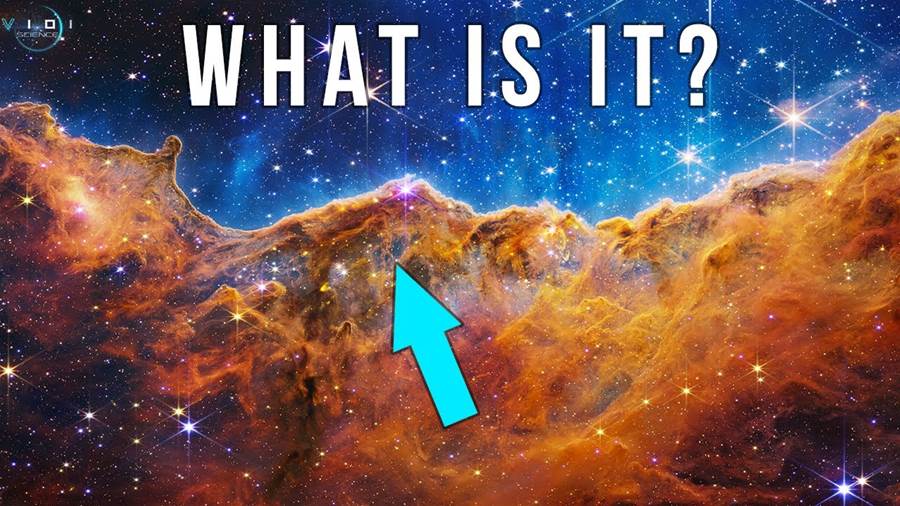
The James Webb Space Telescope (JWST) is an incredible new telescope that has captured stunning images in 4K resolution. This article aims to explain what we are actually seeing in these images.
The JWST is set to replace the Hubble Space Telescope and is touted as the most powerful space telescope ever built. Its goal is to investigate the universe's origins, study the formation of galaxies, and observe the birth of stars and planetary systems. The telescope has a primary mirror that is over 6 meters in diameter, which will allow it to collect more light and provide higher resolution images.
The images captured by the JWST provide us with a glimpse into the vastness and beauty of the universe.
The telescope's advanced technology enables it to observe wavelengths of light that are beyond the capability of human eyes, including infrared light. By capturing images in these wavelengths, the JWST provides us with unique information about the universe.
In addition to the breathtaking images, the JWST also captures spectroscopic data. Spectroscopy allows scientists to study the composition of celestial objects by analyzing the light they emit. By studying the light from distant galaxies, the JWST will shed light on the early universe, helping us understand how galaxies formed and evolved over billions of years.
The high resolution of the JWST images allows scientists to zoom in and study specific features in detail.
In conclusion, the JWST provides us with unprecedented views of the universe, allowing us to explore the birth of stars, the formation of galaxies, and even search for signs of extraterrestrial life. The images and data captured by the JWST push the boundaries of our understanding of the universe and have the potential to revolutionize the field of astronomy.








